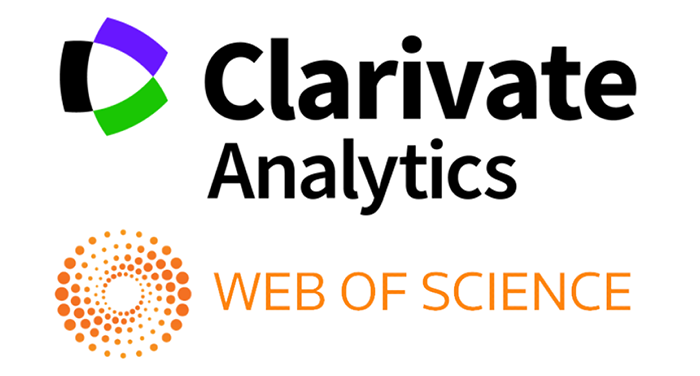TESKARI SINF ORQALI XULOSA YOZISH KO'NIKMALARINI OSHIRISH: STRATEGIYALAR, AFZALLIKLAR VA MISOLLAR
##plugins.pubIds.doi.readerDisplayName##:
https://doi.org/10.69617/uzmu.v1i1.1.1..582
"Kalit so‘zlar"
:
Xulosa yozish, akademik kontekst, teskari sinf, o'qitish, qiyinchiliklar, afzalliklar, dizayn, amaliy tadqiqotlar, eng yaxshi amaliyotlar.
"Maqola"
Ushbu maqolada akademik kontekstda xulosa yozishning ta'rifi, ahamiyati va maqsadi muhokama qilinadi. Shuningdek, u xulosa yozishni o'rgatishdagi qiyinchiliklarni va teskari sinf modeli qanday samarali yechim bo'lishi mumkinligini o'rganadi.
References
1. Abeysekera, L., & Dawson, P. (2015). Motivation and cognitive load in the flipped classroom: definition, rationale and a call for research. Higher Education Research & Development, 34(1), 1-14.
2. Angelo, T. A., & Cross, K. P. (1993). Classroom Assessment Techniques: A Handbook for College Teachers. Jossey-Bass.
3. Applebee, A. (1984). Writing and reasoning. Review of Educational Research, 54(4), 577-596.
4. Bergmann, J., & Sams, A. (2012). Flip your classroom: Reach every student in every class every day. International Society for Technology in Education.
5. Bishop, J. L., & Verleger, M. A. (2013). The flipped classroom: A survey of the research. In ASEE National Conference Proceedings, Atlanta, GA.
6. Brown, G., & Yule, G. (1983). Discourse Analysis. Cambridge: Cambridge University Press.
7. Chen, Y., Wang, Y., Kinshuk & Chen, N.S. (2014). Is FLIP enough? Or should we use the FLIPPED model instead?. Computers & Education. 2014
8. Herreid, C. F., & Schiller, N. A. (2022). Case studies and the flipped classroom. Journal of College Science Teaching.
9. King, A., & Boyatt, R. (2023). Exploring factors that influence adoption of e-learning within higher education. British Journal of Educational Technology.
10. Long, T., Logan, J., & Waugh, M. (2014). Students' perceptions of the value of using videos as a pre-class learning experience in the flipped classroom. TechTrends, 58(3), 19-25.
11. Wilson., G.,S. (2013) The Flipped Class: A Method to Address the Challenges of an Undergraduate Statistics Course. Teaching of Psychology.
2. Angelo, T. A., & Cross, K. P. (1993). Classroom Assessment Techniques: A Handbook for College Teachers. Jossey-Bass.
3. Applebee, A. (1984). Writing and reasoning. Review of Educational Research, 54(4), 577-596.
4. Bergmann, J., & Sams, A. (2012). Flip your classroom: Reach every student in every class every day. International Society for Technology in Education.
5. Bishop, J. L., & Verleger, M. A. (2013). The flipped classroom: A survey of the research. In ASEE National Conference Proceedings, Atlanta, GA.
6. Brown, G., & Yule, G. (1983). Discourse Analysis. Cambridge: Cambridge University Press.
7. Chen, Y., Wang, Y., Kinshuk & Chen, N.S. (2014). Is FLIP enough? Or should we use the FLIPPED model instead?. Computers & Education. 2014
8. Herreid, C. F., & Schiller, N. A. (2022). Case studies and the flipped classroom. Journal of College Science Teaching.
9. King, A., & Boyatt, R. (2023). Exploring factors that influence adoption of e-learning within higher education. British Journal of Educational Technology.
10. Long, T., Logan, J., & Waugh, M. (2014). Students' perceptions of the value of using videos as a pre-class learning experience in the flipped classroom. TechTrends, 58(3), 19-25.
11. Wilson., G.,S. (2013) The Flipped Class: A Method to Address the Challenges of an Undergraduate Statistics Course. Teaching of Psychology.
Nashr qilingan
2024-02-01
How to Cite
Aybolgan BORASHEVA. (2024). TESKARI SINF ORQALI XULOSA YOZISH KO’NIKMALARINI OSHIRISH: STRATEGIYALAR, AFZALLIKLAR VA MISOLLAR. O‘zMU Xabarlari, 1(1.1.1), 75-78. https://doi.org/10.69617/uzmu.v1i1.1.1.582
"Bo'lim"
Maqolalar


.jpg)

.png)







